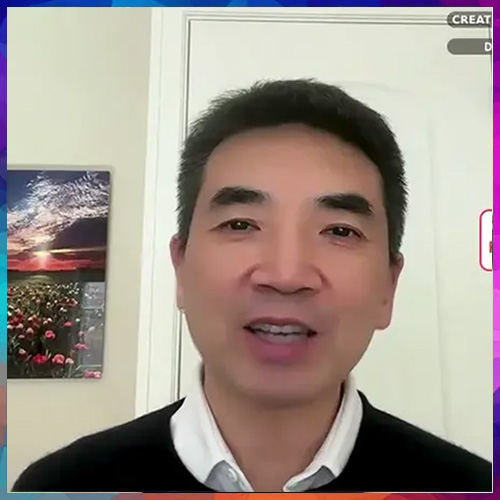
Goods & Services Tax (GST), according to Sathya Pramod, Chief Financial Officer - Tally Solutions is a “Once in a lifetime” change for all of us in the country, be it a business or an individual. Never has a change of this magnitude been tried by anyone. This is a welcome step to get all the indirect taxes under a single umbrella with 29 states, the centre and also union territories working as one. It is especially more commendable since this is forward looking by making technology as the engine which is pulling the change.
“We all know it is only with technology that we can scale and it is a right step forward by the government. As a business, one thing needs to be understood, it is a technology led law. There will be no paper transactions or any manual intervention. Everything happens through technology and there is a software which will be the interface. As a software company in the ERP business, it would be our endeavour to make the change seamless to the tax payer. Simplicity will be the key,” asserts Sathya.
[Sathya Pramod, Chief Financial Officer - Tally Solutions Private Limited in a chat with VARINDIA throws light on the current GST law that is in the process of being implemented across the country and the various pitfalls which the government should consider before presenting it as the final law to the people]
Limitations in GST Implementation
Goods & Services Tax Network (GSTN) is managed by a bunch of professionals with the right kind of support from the government. At the business level, companies are gearing up to provide the relevant solutions to their current users as well as prospective users.
However there are a few pitfalls which need immediate attention as these are unfriendly to trade and has the potential to derail the businesses.
“The first one being the manner in which Input Credit is granted. The government has put the onus on the tax payer to ensure that the tax has been remitted to the government, failing which the input credit will not be allowed.
The next one in the list is about taxing advances and determination of time of supply and treatment- Section 12 and Section 13 deal with time of supply of goods and services, whereby normal trade advances are also subject to tax. This again creates friction in trade as the concept of advances itself is misunderstood. If we look at why advances are paid, it is due to the fact that a commitment to the vendor is made for a certainty of a transaction, even though the supply is effected after a period of time. This would mean the input credit for the portion of advances would only be available after supply and claiming the final invoice on a procedural front it would create further complications.
Ambiguity in sales returns is the next challenge. There are a few ambiguities in the process of sales returns like –
• Let’s take a case where a supply happens from a manufacturer to a distributor who in turn supplies it to a retailer. Normally when the sales return happens, it happens between the retailer and the manufacturer without involving the distributor. There is no way of transaction matching since the original transaction and the sales return are between different entities. How should this be handled?
• Another case would be where a transaction has happened between a tax payer and receiver, the tax payer uploads GSTR1. However the receiver in this case does not respond with a corresponding GSTR2. In this case, to reverse the sales, the tax payer raises a credit note, but again the receiver may not respond to the same. The tax payer will land up paying the tax without any supply. This also applies to transactions where money back guarantees are involved.
Yet another challenge is Document Numbering. In general business practices, there are no restrictions on the numbering of any documents (invoices, debit notes, credit notes etc). However, the rules state that a number can only be unique only for a particular document. This has potential to create confusion, especially for small businesses who are not in the practice to create unique document numbers,” explains Sathya in details.
And so...
It is easy to dismiss saying that this is not good or it has lot of issues. But it is a mammoth task to change the entire gamut of indirect taxes in the country. There has been a lot of hard work put in by the government in working out further details and also taking public opinion about the law. There have been a lot of representations from the industry, associations etc. The Government should give due consideration to those and if they can manage to balance between the tax payer’s needs and the government’s wants, it would help.
See What’s Next in Tech With the Fast Forward Newsletter
Tweets From @varindiamag
Nothing to see here - yet
When they Tweet, their Tweets will show up here.





























